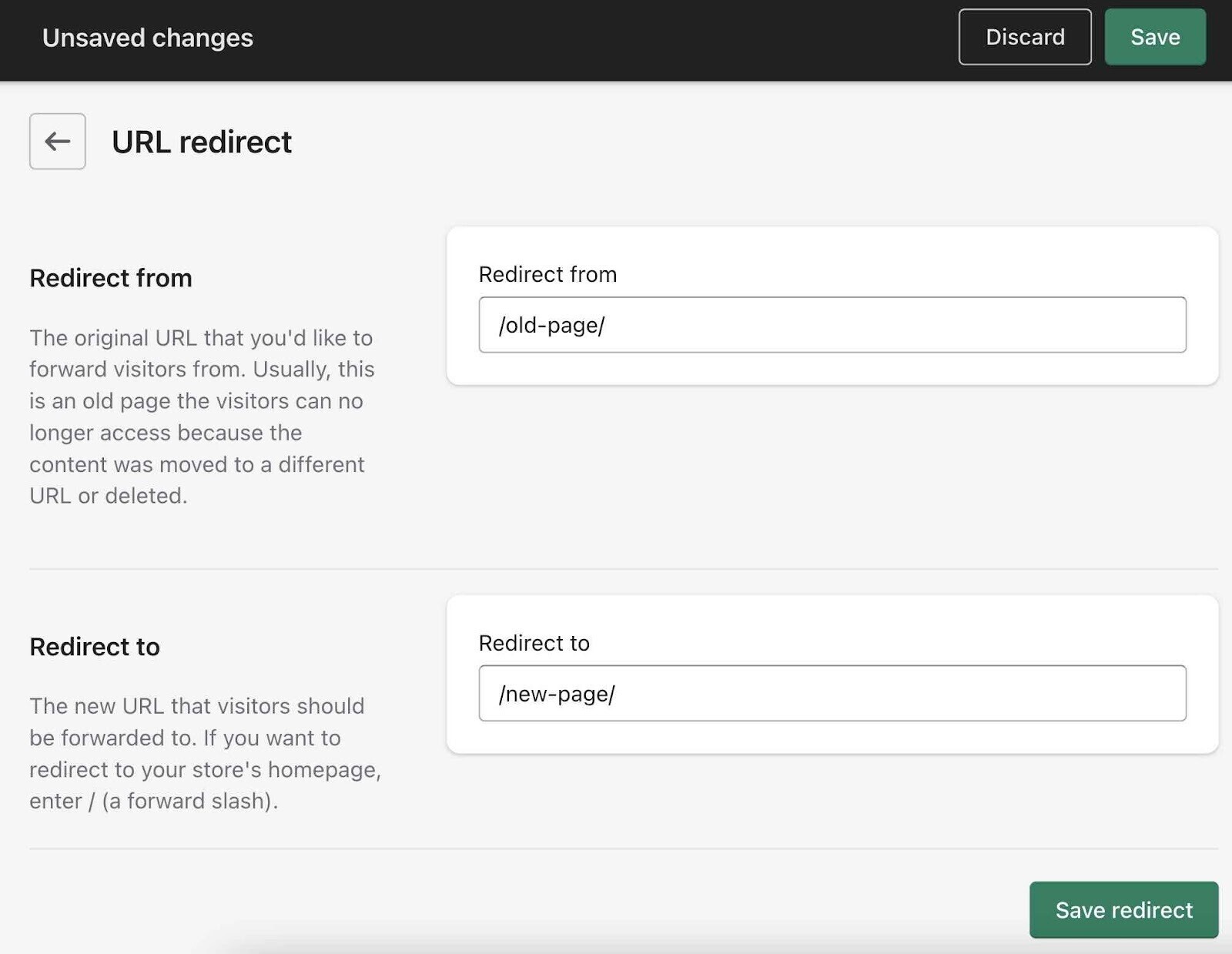Opening the Prospective of 301 Redirect: Making Best Use Of SEO Conveniences for Your Web site
Opening the Prospective of 301 Redirect: Making Best Use Of SEO Conveniences for Your Web site
Blog Article
Rise Organic Traffic by Using the Potential of 301 Redirects for Search Engine Optimization
When it comes to enhancing an internet site for search engines, the critical use of 301 redirects can dramatically impact natural traffic growth. By understanding the intricacies of 301 redirects and implementing them effectively, businesses can unlock the full capacity of their SEO techniques.
Comprehending 301 Redirects Fundamentals
When starting the journey to comprehend 301 redirects, it is vital to comprehend the essential concepts that underlie this important element of web site optimization. A 301 redirect is a long-term redirect from one URL to one more. It educates search engines that the original link has actually transferred to a brand-new area, moving the search engine optimization worth from the old URL to the new one (301 Redirect). This process ensures that customers and internet search engine are routed to one of the most pertinent and current page, improving user experience and maintaining search engine optimization rankings.
In addition, utilizing 301 redirects appropriately can stop individuals from experiencing 404 mistakes, boosting the general usability of the website. Understanding the basics of 301 redirects is fundamental for any Search engine optimization strategy intending to improve site presence and use while maintaining search engine rankings.
Carrying Out Redirect Approaches
To efficiently improve web site efficiency and customer experience, tactical execution of redirect techniques is necessary in enhancing online presence. 301 Redirect. When carrying out redirect approaches, it is critical to have a clear strategy in position to guarantee a smooth transition for both online search engine and users. Begin by identifying the web pages that need to be rerouted and one of the most proper redirect type to make use of, such as 301 redirects for irreversible steps or 302 redirects for short-term changes
Routinely updating and reviewing redirect strategies as needed is necessary to preserve a healthy and balanced web site and optimize natural traffic. By implementing redirect strategies efficiently, websites can boost their Search engine optimization efficiency and give a far better individual experience.
Staying Clear Of Typical Redirect Mistakes
One important facet in maintaining a seamless site shift throughout redirect application is guiding clear of usual redirect blunders. One usual mistake to prevent is carrying out multiple chains of redirects. These chains can slow down the user experience and perplex online search engine spiders, causing decreased organic website traffic. Another blunder is not upgrading internal links to reflect the brand-new redirect paths. When inner links direct to old Links, it can cause an inadequate customer experience and adversely effect search engine optimization initiatives. In addition, failing to establish up proper redirects for both the www and non-www variations of a website can split link equity and cause indexing problems. It is vital to make sure that all versions of the link redirect to a single chosen version to combine ranking signals. By sidestepping these common redirect oversights and carrying out thorough testing post-implementation, website owners useful source can properly enhance their search engine optimization strategies and drive organic web traffic development.
Tracking Redirect Performance
Tracking the performance of 301 redirects is crucial in establishing if they are successfully directing website traffic to the intended location. Keeping track of the natural website traffic, bounce rates, and time invested on the redirected web pages can assist analyze whether the redirects are fulfilling their intended objectives. By continuously keeping an eye on redirect performance, internet site proprietors can make data-driven decisions to enhance their SEO strategies and enhance the overall customer experience, inevitably leading to enhanced natural traffic and search engine rankings.

Leveraging Redirects for SEO Growth
Redirects play a critical duty in enhancing the search engine optimization (SEO) growth of a site by tactically directing user web traffic towards appropriate content. When implementing redirects for SEO growth, it is crucial to concentrate on preserving link equity by redirecting old URLs to brand-new, pertinent web pages. Constantly evaluating the efficiency of redirects and making needed adjustments based on analytics and Search engine optimization see this site finest methods is crucial why not try this out to driving sustained organic traffic development.
Verdict
Finally, implementing 301 redirects can considerably profit organic web traffic growth by efficiently routing users to appropriate material. Understanding the essentials, implementing redirect strategies, avoiding typical errors, and checking efficiency are vital steps in leveraging redirects for SEO development. By using 301 reroutes properly, internet sites can boost their search engine positions and supply a much better user experience, eventually resulting in enhanced organic website traffic.

Monitoring the organic traffic, bounce rates, and time spent on the redirected pages can help examine whether the redirects are satisfying their designated objectives. When executing redirects for Search engine optimization growth, it is vital to concentrate on protecting link equity by redirecting old Links to brand-new, pertinent pages. Recognizing the essentials, carrying out redirect approaches, avoiding usual errors, and keeping an eye on efficiency are crucial steps in leveraging redirects for SEO growth.
Report this page